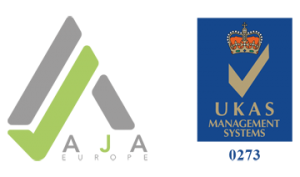
Continual ISO-Based Improvement
Every three years, STC hosts an external audit to recertify our Quality Management System to ISO 9001 standards. The external audit for 2021 was recently completed, and STC once again successfully met the requirements for recertification.
One notable aspect of adherence to ISO standards is the commitment to continuously improve company performance. This continual improvement has been part of the STC quality process since becoming ISO certified in 1999. Improvement can be measured in any number of quality-system metrics, and one of the metrics STC tracks is the customer-return rate.
During the first few years of ISO certification, customer-return rates were quite a bit higher than they are now. In 2002, we recorded 25 RMAs (returned material authorization). However, that number dropped to 3 in 2020, and the RMA number for 2021 stands at 2.

What are the reasons for the dramatic drop in customer returns? According to Angie Calkin, who serves as STC Vice President of Operations, a large part of the reason is due to the year-by-year improvements required by ISO.
“ISO has formalized our processes and, as years go by, people get acclimated to the process and end up catching mistakes long before they go out the door. Our largest RMA numbers occurred prior to ISO certification, and there’s been a steady decrease over the years.”
Calkin has also found that many of quality issues they catch now are not electrical problems, but rather mechanical or visual miscues that can shorten the working life of a part or component.
“Because we perform 100-percent testing, it’s very rare that we have an actual electrical issue,” Calkin says. “It’s typically a dimensional issue or perhaps shipping damage.”
At that point, dimensions, packaging, and freight carriers become an area of focus for the internal ISO audits, which take place every year. Calkin also gives full credit to the STC production staff.
“We spend the time needed to train our production team, and they catch even minor issues that just have the potential to lead to returned material. Our Shipping Manager helps a lot too, by looking at the documentation before shipping and recognizing potential issues.”
Calkin continues, “You can cover up poor workmanship that will affect the life of a part, but the people on our production team are able to build the parts correctly right from the start.”

